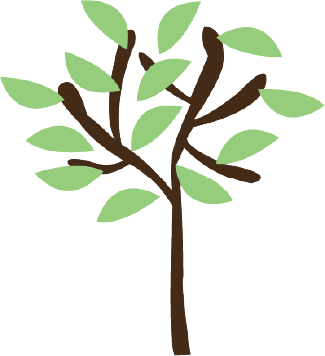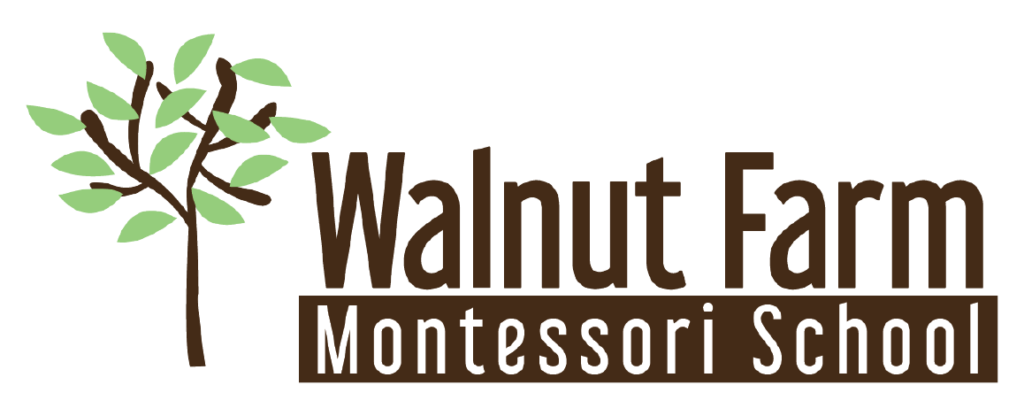The Importance Of The Three-year Cycle
After years of observation, Maria Montessori discovered that there is a limited window of time when the children are able to obtain information and skills more easily and naturally. She called this time the “Sensitive Periods.” Acting as a primary guide, I have the privilege to work with the children in the second half of their Sensitive Periods. When describing sensitive periods, Montessori said, “It comes for a moment, but its benefits last for a lifetime.”
In these three years, we create an environment where the children can develop four key skills: order, concentration, coordination, and independence for further learning and for life.
Children gain these skills by going through the stages of the three-year cycle in the primary environment. As first-year students they are introduced to primary with new expectations and new rules, they explore the lessons, the environment and social interaction with the others. Second-year students build on their first-year experiences by repeating lessons to master skills and are more confident in returning to their familiar environment. During those first two years, children make incredible progress with those four key skills.
Finally, in their third-year, students become academic and social role models to the others while they continue to build their own skills.
To simplify the three-year cycle,
1st year – explorers
2nd year – experimenters
3rd year – experts
First-year students get the lesson of table washing. They repeat this work over and over because working with water and soap is fun! It’s empowering that they can walk around the classroom to get water with a glass pitcher and get to wear a big apron. They enjoy the “process.”
When it comes to third-year students with the same lesson, I’m sure they still enjoy working with water and soap, but more often than not, the reason they choose this work becomes a more practical one. They see a table that is not clean, so they wash the table.
As adults, this is a simple thinking process for us. It’s very logical. But for young children, this is a sign of them entering a new phase of development. Their focus is starting to shift to the “product.”
Another example is first-year students practicing counting. For them, counting 1-10 is like a chant. When they see the value increases as they count, it’s magical. By the time they are in their third year, they apply the fundamental math skills they have gained in the past two years to do operations, use it to measure, or count money and tell time. As they move along with math, they are introduced to more abstract approaches to math by doing word problems with their classmates or exploring how materials overlap with the elementary classroom.
First-year students often want to show us their work. “Come see how I counted to 10!” In the afternoon class, third-year students are more likely to be curious. “Is this right?” That’s when I know that their interests are now with the “product,” and their brain is changing to a stage where they are more prepared for abstract thinking.
This is also the time when children start to see the bigger picture. They are more aware of the classroom as a whole. They offer to help their younger peers, contribute to maintain the classroom, and start to think ahead of our daily schedule to help the day go smoothly.
All these things are necessary for them to be successful in elementary.
Imagine an arch with a keystone. The third year is the keystone year for each child to complete the three-year-cycle. They hold the class together as its glue.
I am truly grateful that, despite the pandemic, we were able to return to the classroom to continue the Montessori journey together this year. Even though we might have to wear masks and divide the class in two cohorts, we still get to witness amazing collaboration amongst the children.
Thank you for giving us the opportunity to be part of incredibly important years of your child’s life (and yours!).
Stay safe and well.
Azusa Crawford
Primary A Lead Teacher

